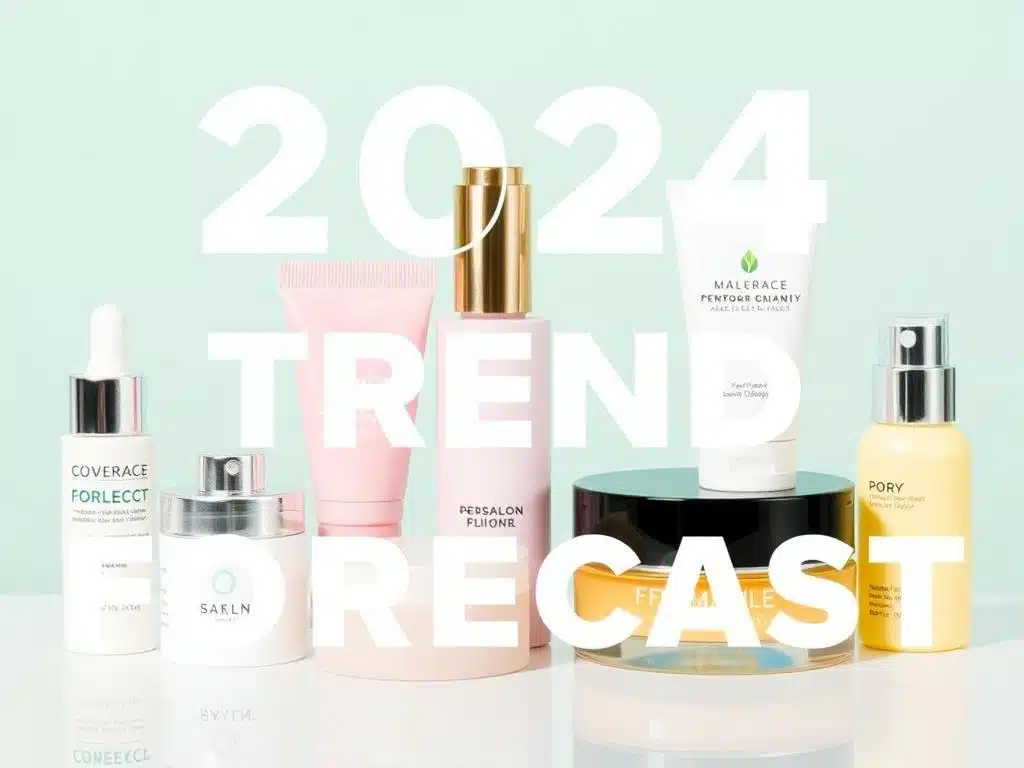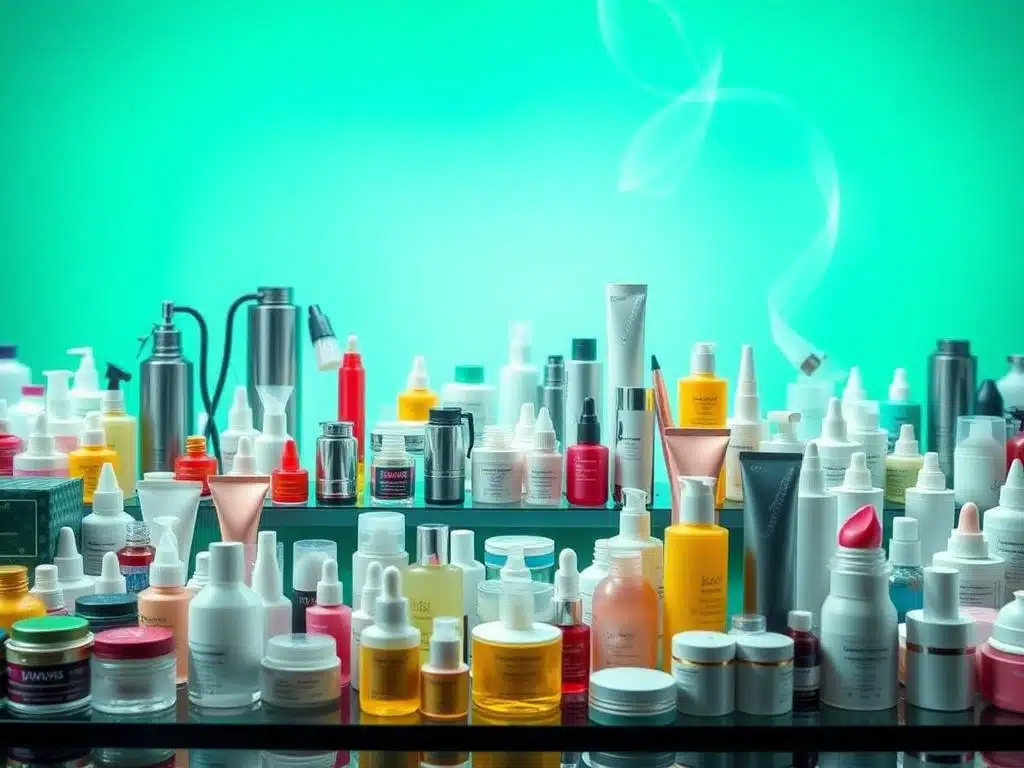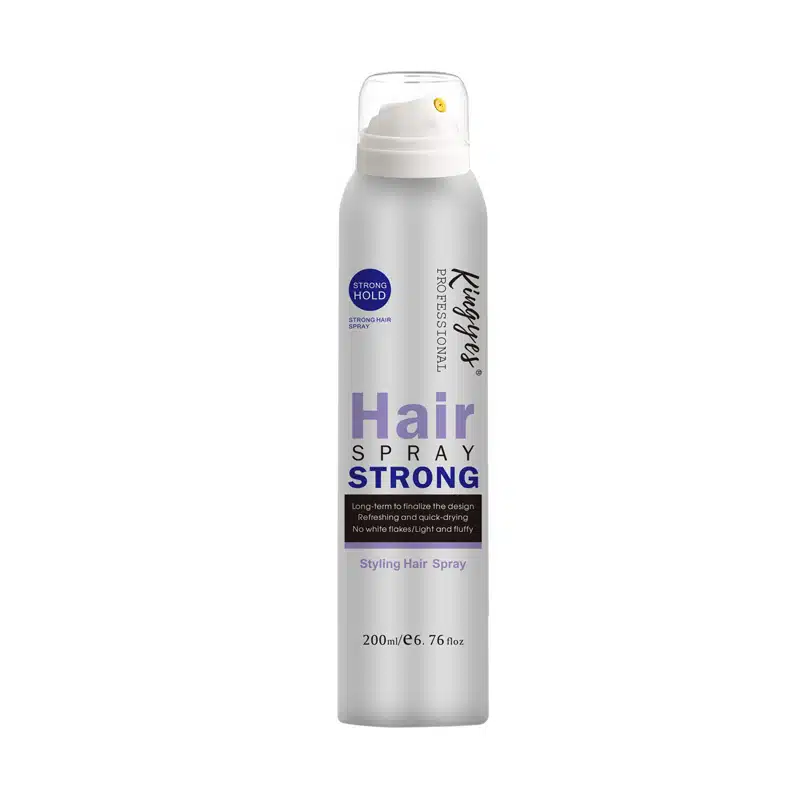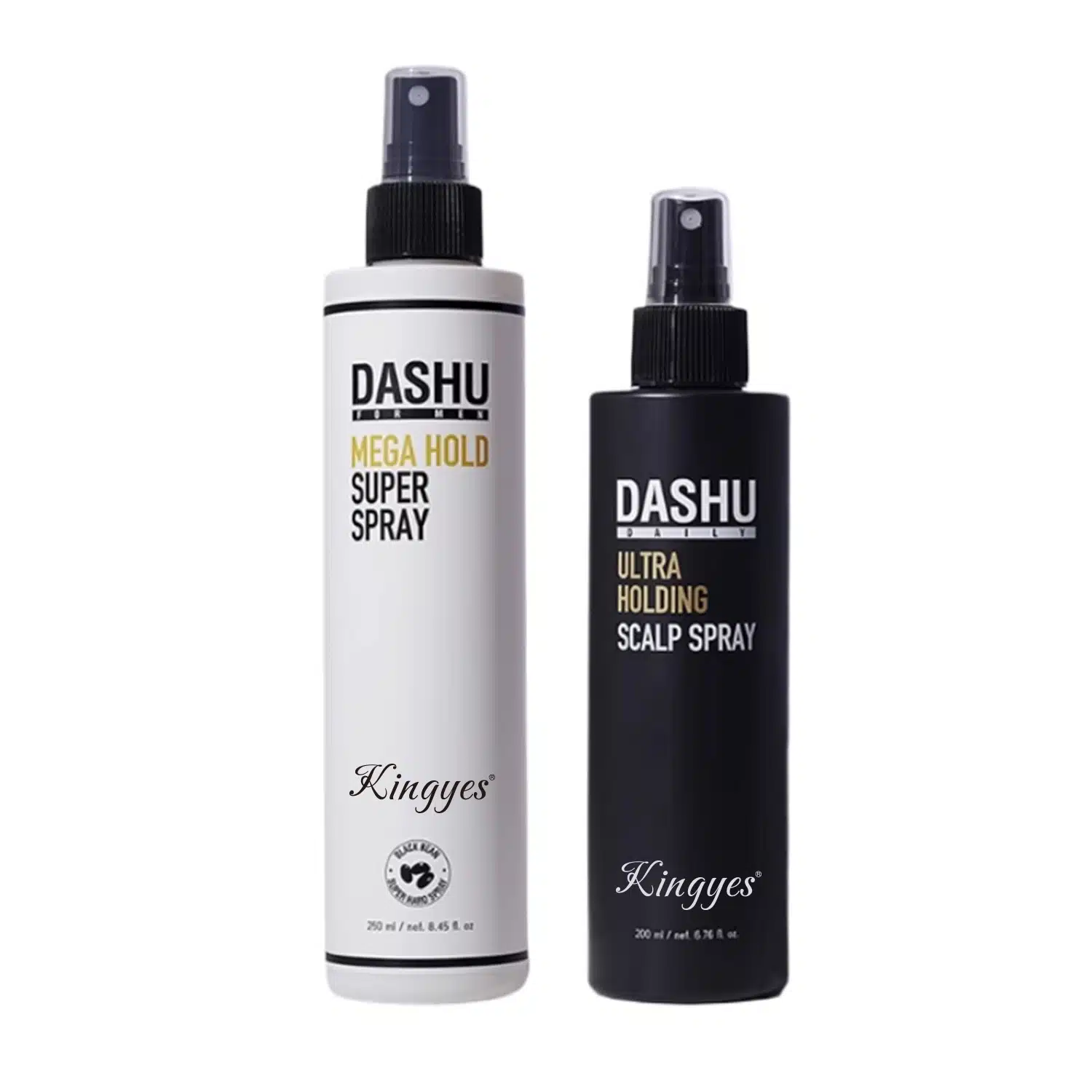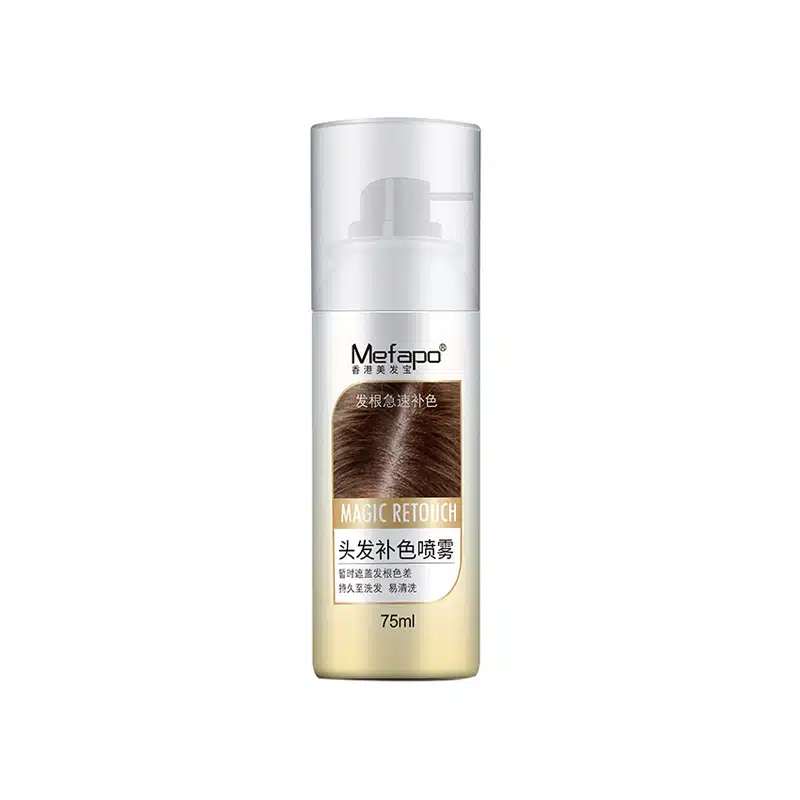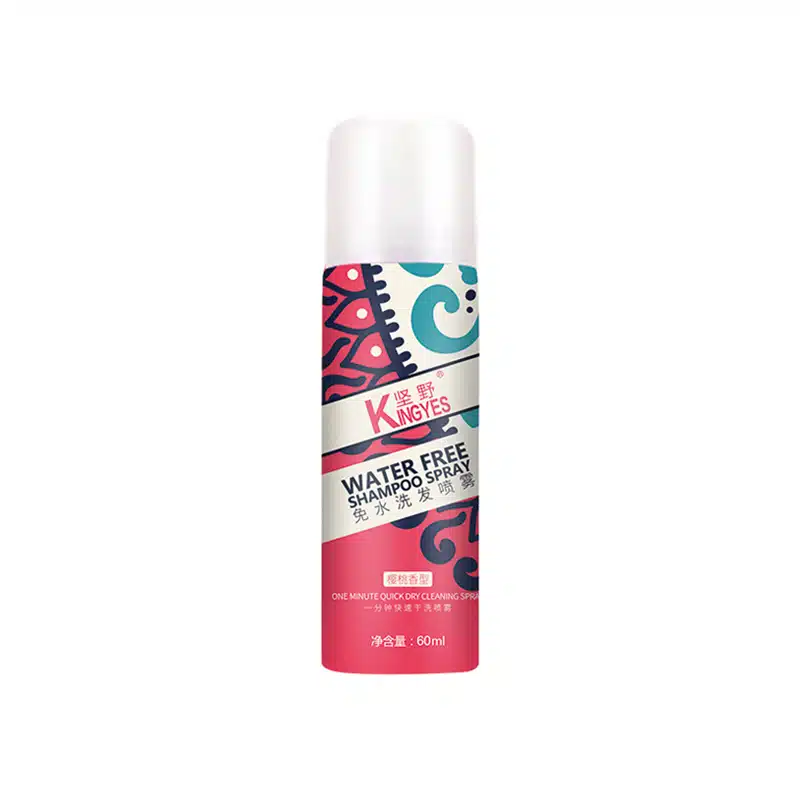
What Is The Demand For Cosmetic Is?
Table of Contents
Riding the Wave: 2024 Cosmetic Trend Forecast and the Surge in Demand for Beauty Products
This in-depth article examines the booming cosmetics industry, analyzing the factors driving the increased demand for cosmetic products as we approach 2024 and looking ahead to 2025. We’ll explore the significant market trends, from the continued rise of skincare and the impact of the pandemic to the powerful influence of social media, especially platforms like TikTok, and the evolving preferences of demographics like millennials and Gen Z. If you’re a consumer eager to stay up-to-date on the latest beauty products, a retailer navigating the dynamic beauty market, or a professional working for a cosmetic brand, this article provides crucial insights into the current and future landscape of the beauty and cosmetics world. It is a must-read to understand what is the demand for cosmetic, what are factors driving the market and what are the industry trends.
1. What’s Fueling the Increased Demand for Cosmetic Products in the Market in 2024?
The market in 2024 is witnessing a significant surge in the demand for cosmetic products, a trend that builds upon the momentum gained in recent years. Several interconnected factors are driving this increased demand for cosmetic. A primary driver is the heightened focus on self-care and wellness, a trend that was amplified by the COVID-19 pandemic. Consumers are increasingly prioritizing their well-being and are willing to invest in beauty products that not only enhance their appearance but also contribute to their overall sense of self-care. This includes a wide array of products, from skincare and hair care to makeup and fragrance, all contributing to a holistic approach to beauty.
Furthermore, the rise of social media and the pervasive influence of beauty influencers have created a culture where staying up-to-date with the latest cosmetic trends is highly valued. Platforms like TikTok have become launchpads for new beauty products and techniques, rapidly disseminating information and shaping consumer preferences. The global cosmetics market is also heavily influenced by social media. The accessibility of e-commerce has also played a major role, making it easier than ever for consumers to purchase beauty products from the comfort of their homes. These factors, combined with the growing spending power of demographics like millennials and Gen Z, who are digitally savvy and highly engaged with beauty and cosmetics, are creating a robust and dynamic market with a strong demand for cosmetic products. The demand for beauty products is also growing every year.
2. How is the Skincare Segment Expected to Dominate the Beauty Market in 2024?
The skincare segment is poised to dominate the beauty market in 2024, continuing a trend that has been gaining momentum for several years. This dominance is driven by a growing consumer awareness of the importance of skin health and a desire for a natural, “glowing from within” look. Skincare products, ranging from cleansers and serums to moisturizers and sunscreens, are no longer seen as a luxury but as an essential part of a daily self-care routine. The demand for skincare is fueled by a desire to address specific concerns such as anti-aging (fine lines, lines and wrinkles), acne, and hyperpigmentation, leading to a surge in the popularity of products with active ingredients like retinol, hyaluronic acid, and vitamin C. The market value of the skincare segment is expected to be over 40 billion USD.
Moreover, the “skinimalism” trend, which advocates for a minimalist approach to skincare with fewer but more effective products, is gaining traction. Consumers are becoming more discerning, seeking out high-quality, multi-functional skincare products that deliver visible results. The influence of social media and beauty influencers, who often share their skincare routines and product recommendations, further amplifies this trend. As a result, the skincare category in 2024 is expected to witness significant growth, with new product innovation and a continued focus on natural and organic cosmetics. The trend in 2024 is also the use of natural cosmetics.
3. Will E-commerce Continue to Be a Major Force in Cosmetics and Beauty Products Purchases?
E-commerce is expected to remain a dominant force in the purchase of cosmetics and beauty products in 2024 and beyond. The convenience of online shopping, coupled with the vast array of products available at various price points, has made it a preferred channel for many consumers, particularly millennials and Gen Z. According to a research company eMarketer, e-commerce sales of beauty and personal care products are projected to continue their upward trajectory, outpacing the growth of in-store sales. This trend is fueled by the increasing penetration of smartphones, the growing popularity of social commerce, and the ease with which consumers can compare products, read reviews, and make informed purchasing decisions online.
Retailers and beauty brands are responding to this shift by investing heavily in their e-commerce platforms, offering personalized recommendations, virtual try-on tools, and exclusive online deals to attract and retain customers. The rise of subscription boxes and online beauty communities further enhances the online shopping experience, fostering customer loyalty and driving repeat purchases. As technology continues to advance and consumer preferences evolve, e-commerce will undoubtedly play an increasingly significant role in how consumers discover, evaluate, and purchase beauty. E-commerce is one of the most important factors driving the increased demand for cosmetic products.
4. How are Millennials and Gen Z Influencing Cosmetic Trend and the Beauty Industry?
Millennials and Gen Z are two of the most influential demographics shaping the cosmetic trends and the trajectory of the beauty industry. These generations, known for their digital savviness, their focus on individuality, and their willingness to experiment with new products and brands, are driving significant changes in the market. Millennials, who are now in their late 20s to early 40s, are a powerful consumer group with a strong interest in self-care and a willingness to invest in high-end beauty products that deliver visible results. They are particularly drawn to skincare products that address the early signs of aging and are often influenced by beauty influencers and online reviews when making purchasing decisions.
Gen Z, on the other hand, is a generation that has grown up with social media and is heavily influenced by platforms like TikTok. They are known for their experimental approach to beauty, their embrace of diversity and inclusivity, and their preference for brands that are authentic, transparent, and sustainable. Gen Zers are more likely to purchase beauty products online and are comfortable with using social commerce platforms. Both millennials and Gen Z are driving the demand for personalized beauty experiences, expecting cosmetics brands to offer products and services that cater to their unique needs and preferences. They use cosmetics for different purposes and it is important for brands to understand those needs.
| Feature | Millennials | Gen Z |
|---|---|---|
| Age Range (approx.) | Late 20s to Early 40s | Teens to Early 20s |
| Digital Behavior | Digitally savvy, active on social media | Digital natives, heavily influenced by TikTok |
| Beauty Focus | Anti-aging, self-care, high-end products | Experimentation, inclusivity, sustainability |
| Purchase Behavior | Influenced by reviews, online research | Social commerce, online purchases, brand values |
| Brand Expectations | Quality, efficacy, personalized experiences | Authenticity, transparency, social impact |
5. What Role Do Social Media and Influencer Marketing Play in Promoting Cosmetics?
Social media has fundamentally transformed the way cosmetics are promoted and discovered, with platforms like Instagram, YouTube, and TikTok becoming powerful marketing tools for beauty brands. Influencer marketing, in particular, has emerged as a highly effective strategy for reaching and engaging with target audiences. Beauty influencers, who have built large and dedicated followings by sharing their expertise, product recommendations, and makeup tutorials, wield significant influence over their followers’ purchasing decisions. Their authentic voices and relatable content resonate with consumers, particularly younger demographics like Gen Z and millennials, who often trust the opinions of influencers more than traditional advertising.
The role of social media in promoting cosmetics extends beyond traditional influencer marketing. Platforms like TikTok have become incubators for viral beauty trends, with challenges, tutorials, and product reviews rapidly gaining traction and influencing consumer behavior on a massive scale. The visual nature of these platforms makes them ideal for showcasing the transformative power of beauty products, further fueling the demand for cosmetic. Moreover, the rise of social commerce, which allows users to purchase products directly through social media platforms, has created a seamless shopping experience that blurs the lines between content consumption and online shopping, making it easier than ever for consumers to act on their beauty impulses.
6. How are Established Cosmetics Brands and New Companies Responding to Shifting Consumer Preferences?
Established cosmetics brands and new companies alike are adapting to the evolving landscape of the beauty industry by responding to shifting consumer preferences in innovative ways. Recognizing the growing demand for natural and organic cosmetics, many brands are reformulating their products to incorporate more plant-based ingredients and reduce their reliance on synthetic chemicals. They are also prioritizing sustainability, adopting eco-friendly packaging, and implementing ethical sourcing practices to appeal to environmentally conscious consumers. Furthermore, the rise of “clean beauty” has prompted brands to be more transparent about their formulations, clearly listing ingredients and highlighting products that are free from potentially harmful substances.
In addition to product innovation, cosmetics brands are leveraging technology to enhance the customer experience and personalize their offerings. They are investing in artificial intelligence (AI) and machine learning to develop personalized skincare recommendations, virtual try-on tools, and customized product formulations tailored to individual needs and preferences. The use of data analytics allows brands to gain deeper insights into consumer behavior, enabling them to target their marketing efforts more effectively and develop products that resonate with their target audience. Moreover, both established and new companies are recognizing the importance of building a strong online presence, investing in e-commerce platforms, and engaging with consumers through social media to foster brand loyalty and drive sales.
7. What are the Key Industry Trends in Cosmetic Formulation and Product Innovation?
The cosmetics industry is experiencing a period of rapid innovation, driven by advancements in science and technology, as well as evolving consumer demands. One of the most prominent trends is the increasing focus on skincare products that offer multiple benefits, such as anti-aging, hydration, and protection against environmental stressors. This has led to the development of innovative formulations that incorporate active ingredients like retinoids, peptides, antioxidants, and hyaluronic acid, which are known for their efficacy in addressing specific skin concerns.
Another key trend is the rise of personalized beauty, with brands leveraging technology to create customized products tailored to individual needs. This includes personalized skincare regimens based on skin type and concerns, as well as custom-blended foundations and other makeup products that perfectly match an individual’s skin tone. Furthermore, there is a growing emphasis on sustainability and the use of natural and organic ingredients in cosmetic formulations. Consumers are increasingly seeking out products that are not only effective but also environmentally friendly and free from potentially harmful chemicals, driving brands to explore innovative, sustainable alternatives. Product innovation is a key factor driving increased demand for cosmetic products.
8. How is the Global Cosmetics Market Projected to Grow by 2029?
The global cosmetics market is projected to experience robust growth in the coming years, with forecasts indicating a significant expansion by 2029. Industry analysts predict that the market value will reach several hundred billion USD by 2029, driven by a compound annual growth rate (CAGR) of approximately 5-7%. This growth will be fueled by a combination of factors, including increasing disposable incomes in emerging markets, the rising influence of social media and beauty influencers, and the growing demand for innovative and personalized beauty products. The global cosmetics market will be also influenced by factors driving the increased demand for cosmetic.
The Asia Pacific region is expected to be the fastest-growing market for cosmetics, driven by the large and increasingly affluent populations of countries like China and India. The North American and European markets will also continue to grow, albeit at a slightly slower pace, with a focus on premium and high-end beauty products. The skincare segment is projected to be the largest and fastest-growing category within the global cosmetics market, followed by hair care, makeup, and fragrance. The forecast for the next few years looks promising. The demand for cosmetic products is expected to grow, and the market value will increase significantly.
9. What is the Impact of Social Commerce on the Beauty Market, and What’s the 2025 Forecast?
Social commerce, the integration of social media and e-commerce, is rapidly transforming the beauty market, providing a seamless shopping experience for consumers and creating new opportunities for cosmetics brands. Platforms like Instagram and TikTok have evolved beyond their traditional roles as content-sharing platforms, becoming powerful sales channels that allow users to discover and purchase beauty products directly within the app. This integration of social interaction and online shopping is particularly appealing to younger demographics, such as Gen Z and millennials, who are already heavily engaged with social media and comfortable making purchases online.
The impact of social commerce on the beauty market is expected to be even more pronounced in 2025 and beyond. Forecasts suggest that social commerce sales of beauty and personal care products will continue to grow at an accelerated pace, driven by the increasing popularity of live-stream shopping, the rise of shoppable video content, and the growing influence of beauty influencers on these platforms. As social media platforms continue to enhance their e-commerce capabilities and cosmetics brands increasingly leverage social commerce as a key part of their marketing and sales strategies, the lines between content consumption, product discovery, and online purchasing will become increasingly blurred, creating a dynamic and highly engaging shopping experience for beauty enthusiasts.
10. How are Consumer Spending Habits Expected to Evolve Within Beauty and Cosmetics in the Coming Years?
Consumer spending habits within the beauty and cosmetics space are undergoing a significant transformation, driven by evolving preferences, technological advancements, and a growing awareness of the impact of purchasing decisions. In the coming years, consumers are expected to become even more discerning and value-driven, seeking out beauty products and brands that align with their personal beliefs and priorities. This includes a growing demand for sustainable and ethically produced cosmetics, as well as products that are cruelty-free and made with natural and organic ingredients. The trend of “conscious consumerism” is expected to gain further momentum, influencing purchasing decisions across all categories within the beauty market.
Furthermore, consumers are increasingly prioritizing experiences over material possessions, and this trend is extending to the beauty industry. There will likely be a greater emphasis on personalized beauty experiences, such as customized skincare regimens, virtual consultations with beauty experts, and in-store services that offer a unique and engaging experience. The demand for personalized beauty products, tailored to individual needs and preferences, is also expected to continue to grow, driven by advancements in technology and the increasing availability of data-driven customization options. As consumers become more informed and empowered, their spending habits will reflect a desire for authenticity, transparency, and a deeper connection with the beauty products and brands they choose to support.
Summary: 10 Key Takeaways on the Future of Cosmetics
- The demand for cosmetic products is surging in 2024, driven by self-care trends, social media influence, and the purchasing power of millennials and Gen Z.
- Skincare is expected to dominate the beauty market, fueled by a growing awareness of skin health and the desire for a natural look.
- E-commerce will continue to be a major force in cosmetics and beauty purchases, with social commerce gaining significant traction.
- Millennials and Gen Z are reshaping the beauty industry with their preferences for personalized, sustainable, and digitally-driven experiences.
- Social media and influencer marketing play a crucial role in promoting cosmetics, with platforms like TikTok driving viral trends and shaping consumer behavior.
- Cosmetics brands, both established and new, are responding to shifting consumer preferences by focusing on natural ingredients, sustainability, and personalized offerings.
- Key industry trends in cosmetic formulation include a focus on multi-functional skincare, personalized beauty solutions, and the use of natural and organic ingredients.
- The global cosmetics market is projected to grow significantly by 2029, with the Asia Pacific region leading the way.
- Social commerce is transforming the beauty market, and its impact is expected to be even more pronounced in 2025 and beyond.
- Consumer spending habits will evolve, with a greater emphasis on values, personalization, online shopping, and experiential beauty.
Comments
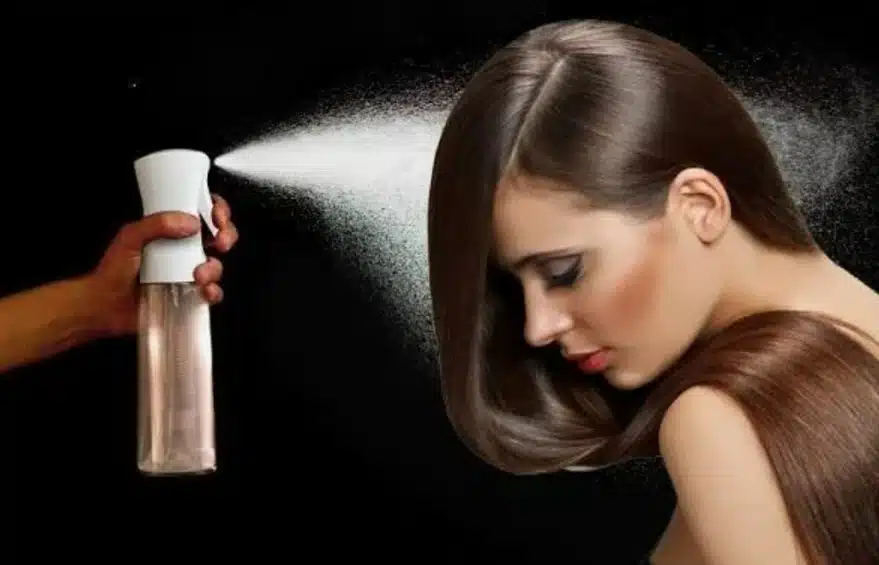
What Is Sprays Used For In Hair?
Are you curious about the magic behind flawless hair days?
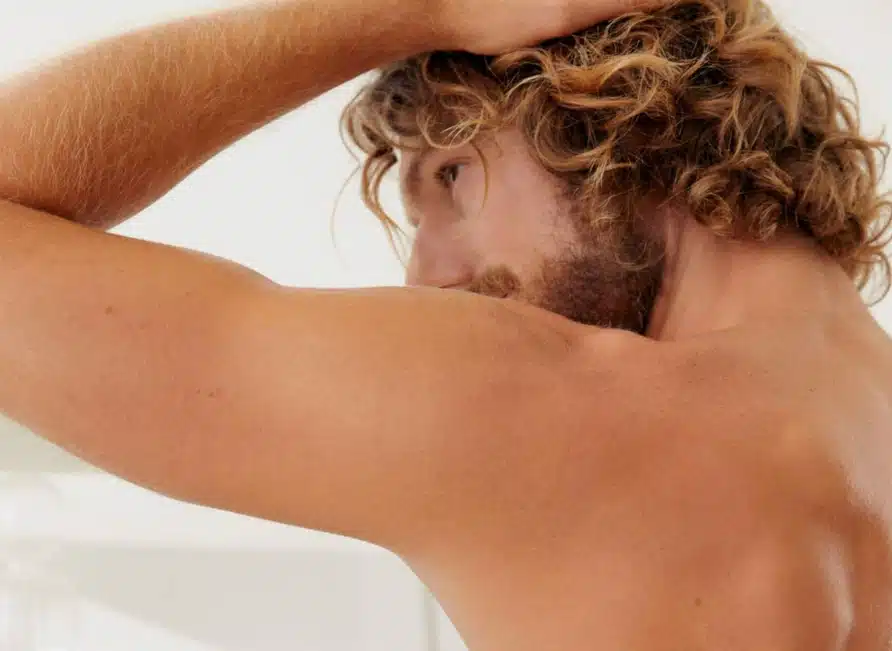
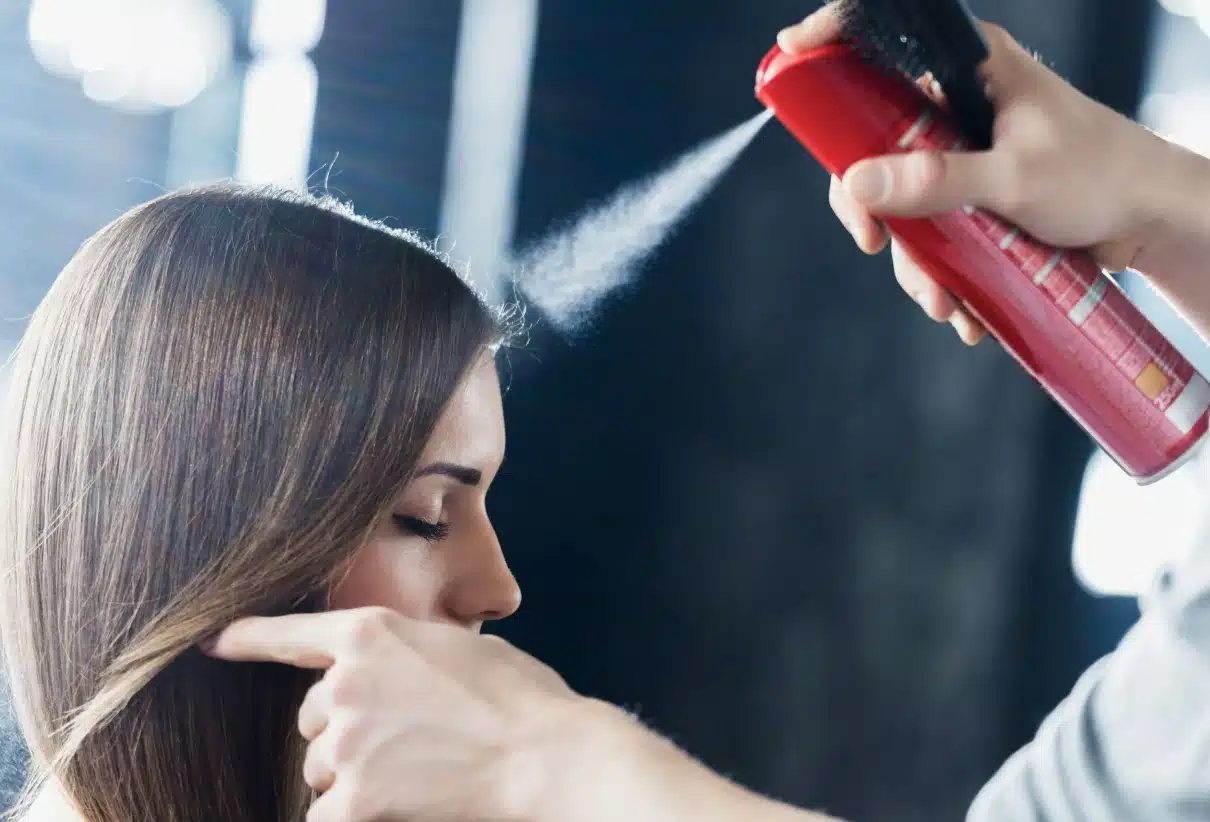
What Is Hair Styling Used For?
Ever wondered what hair styling is used for and how sprays can transform your look?
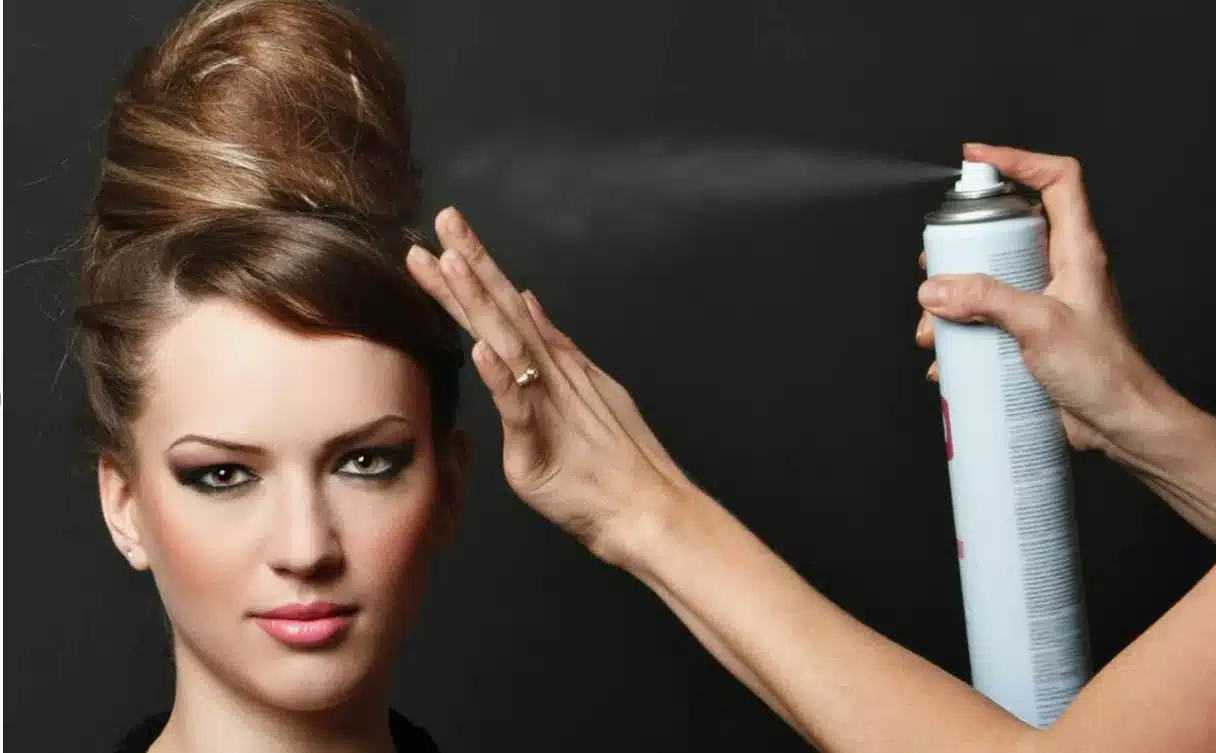
What Is Hair Setting Spray Used For?
Want your hairstyle to last all day without losing its charm?

What Is Highlighting Powder Used For?
Ever wondered how to achieve that radiant, lit-from-within glow?
- +86 151 1839 7303
- [email protected]
- Mon-Sun 07:00-23:00
Tags
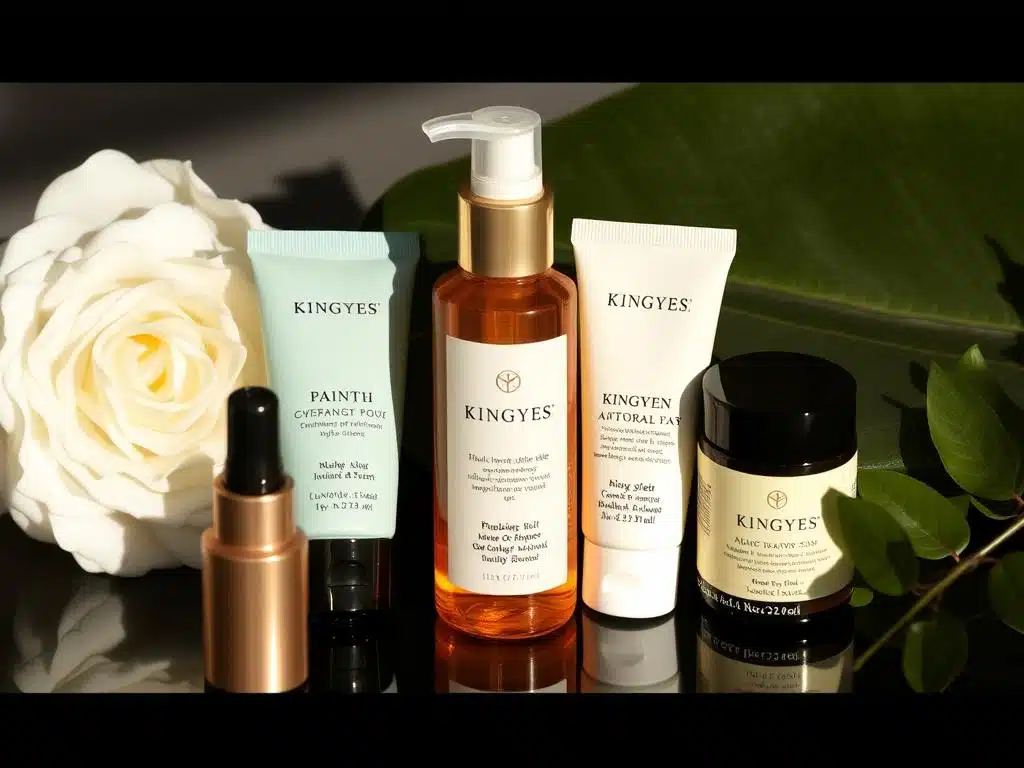
How To Sell Cosmetics On WeChat?
Are you ready to tap into the world’s largest beauty market?

How To Sell Cosmetics On Shopee?
Looking to sell cosmetics and tap into the booming e-commerce market of Southeast Asia?
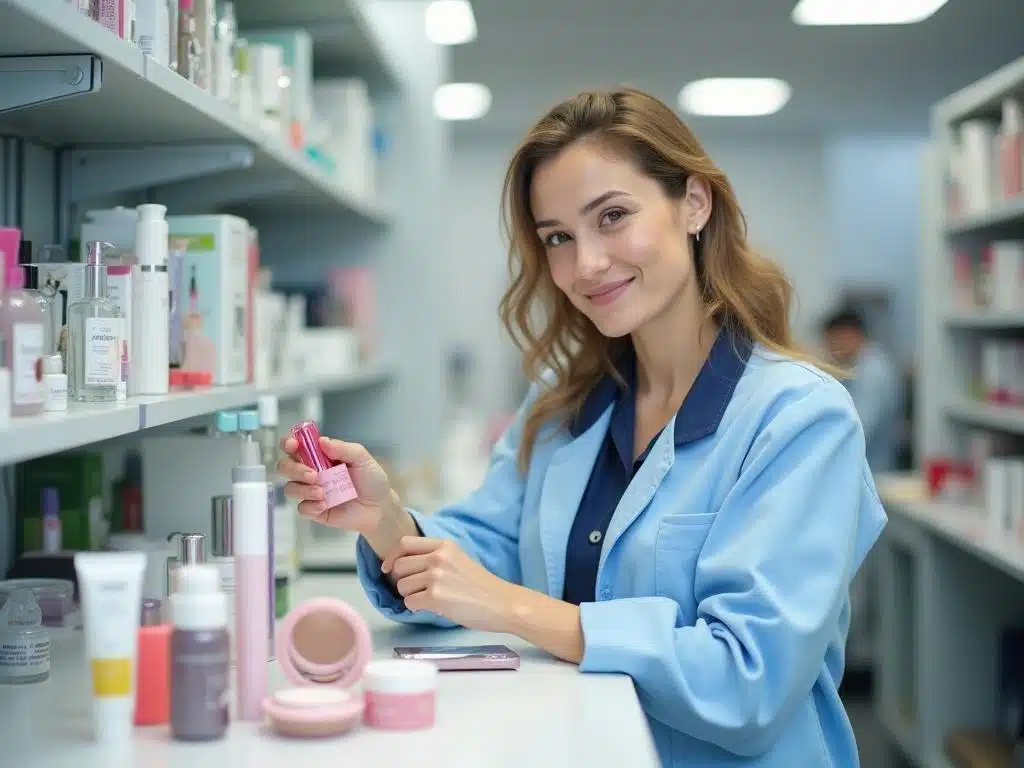
How To Cooperate With Cosmetics Factories?
In the dynamic and competitive beauty industry, partnering with the right cosmetic manufacturer is paramount to the success of your cosmetics business.

